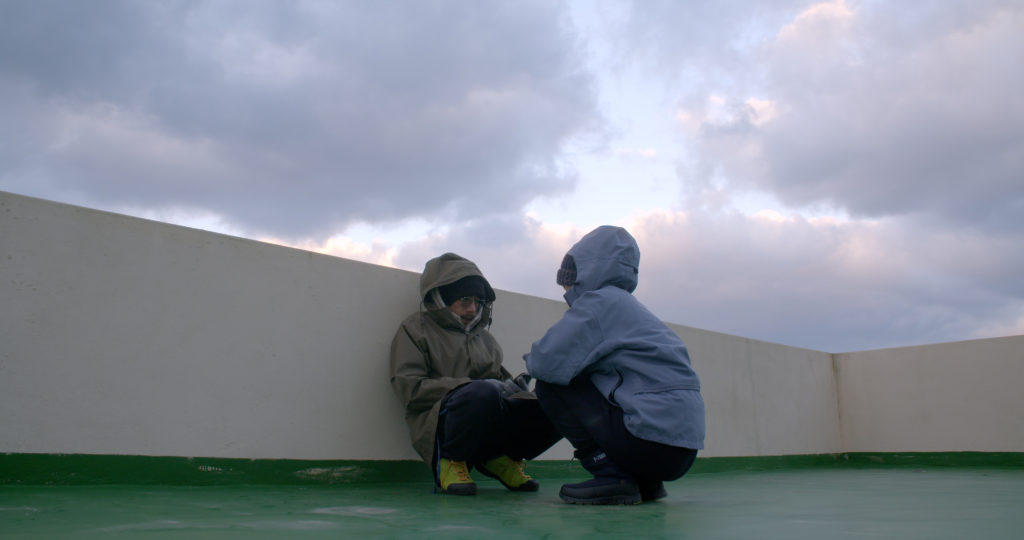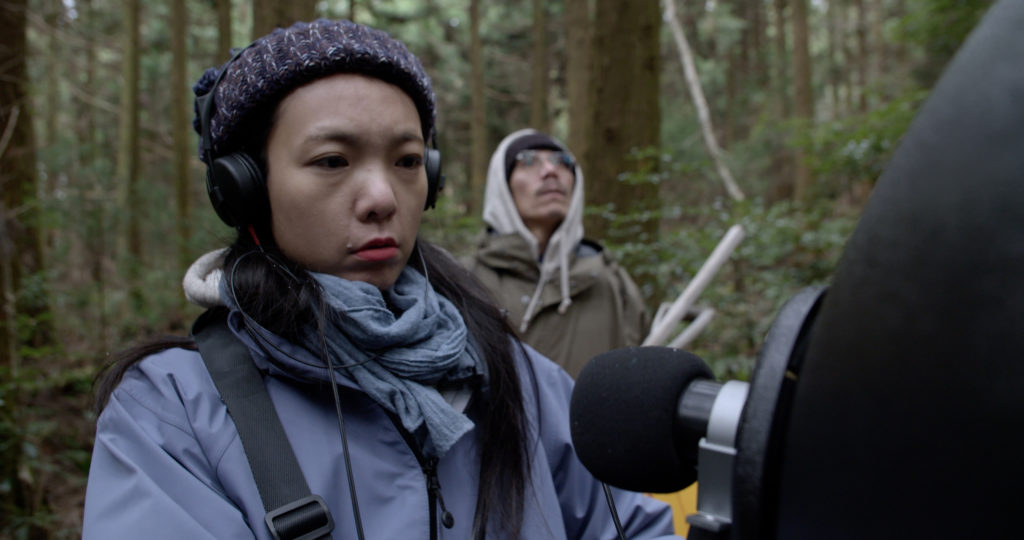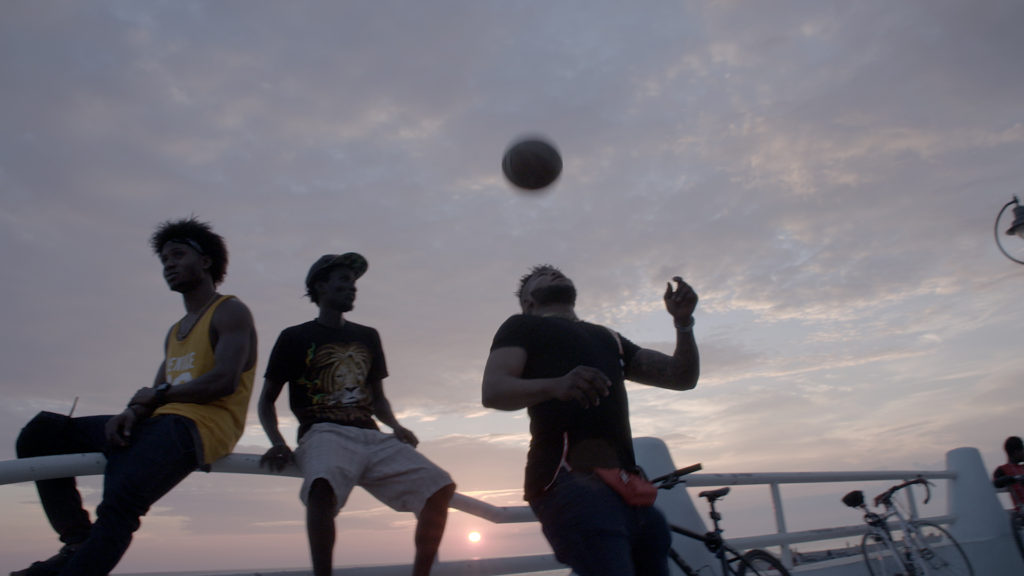migration
Documentary on Telepathic Communication
Moving & Migration
IN FLUX is a short film which was initially made for a group exhibition for “Gyeonggi Museum of Modern Art” in Korea and the “Kaohsiung Museum of Fine Arts” in Taiwan. The exhibition, titled “Moving & Migration”, was held between February and October 2019, and included artists who reside in both countries.
The History of Migration in Modern Korea
Taking a closer look at Korea’s modern history, migration in its current form is a rather recent phenomenon. Korea had remained virtually shut to international migrants until economic development gathered steam in the late 1970s. In the 1990s the Korean government introduced non-skilled labor migration schemes.
Rise in International Marriages
Around the same time a rise in international marriages significantly increased the numbers of migrants. Apparently over 70 percent of all international marriage cases since the early 2000s are between Korean males and foreign females. This is due to the “bachelor surplus” in Korea. Strong values based on Confucianism were the leading factor to pursue tight family planning and selective birth. There was a strong preference for sons up until the 1980s. The result of this is a severe mismatch in the marriage market. There was a lack of native-born brides for a significant amount of Korean males. Especially those who resided in the countryside.
The Phenomenon of Cross-Cultural Marriage
The phenomenon of cross-cultural marriage was the starting point for making IN FLUX. The main characters of the film themselves are a Korean-Chinese intercultural couple. They create an elixir that transcends language barriers to empower, especially, those who came to Korea as marriage immigrants. There was a rigid anti-settlement policies in the past. But now the Korean government finally has installed a legal support system for marriage immigrants. In tandem with the local communities the government still follows a one-sided assimilation of immigrants into Korean society. Immigrants are expected to fill perceived social voids without altering the fabric of society. This kind of static understanding of the migration process leads to a paradoxical situation. While the government provides structural conditions for immigration, it denies the cultural shifts that have to happen to make place for new social realities.
A Different View on Multiculturalism
We made IN FLUX to explore a different view on multiculturalism, also but not only in Korea. Rather than reproducing the narrative of hegemonic concepts of multiculturalism, IN FLUX drifts off to a more poetic idea of multiculturalism. It turns out to be a catalyst for a new reality. It becomes an unpredictable process. Through that it carries the potential for unknown beauty and is not something to be feared and controlled. By doing that, IN FLUX describes multiculturalism as a constant stream of becoming. Instead of locking it down to a fixed, prescribed meaning.
Team Work
After having collaborated on commercial and artistic projects for more than 5 years, we are proud to present IN FLUX now as our first film, which we directed as a team. Thank you very much, Nils & Udo















